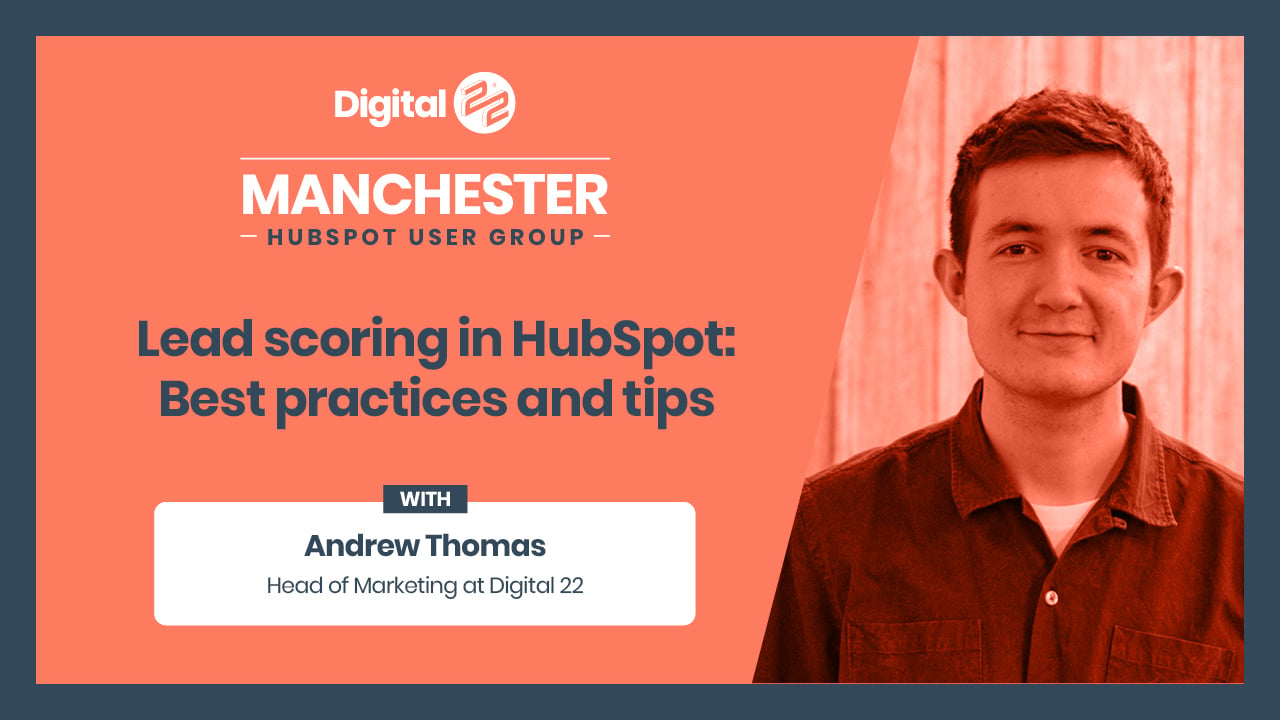Whether I asked you this question five years ago or I ask it three years from now, I bet the...
Lead generation is a crucial consideration for any marketing campaign. It’s a key metric to determine how effective your efforts are. So how do we track our lead generation success? By recording key lead generation KPIs.
So, what are these KPIs and why are they important to a B2B lead generation campaign?
The crucial KPIs for lead generation
There are a number of important KPIs you may be tracking when it comes to lead generation with conversion rates - MQLs and cost metrics possibly being the top three. This means you may be missing out on a more accurate picture of your lead generation and lead scoring process.
There’s a wide variety of variables both sales and marketing departments can cover. Here are the ones you should look into...
Cost per lead and cost per acquisition
It should never cost more to acquire a lead or customer than the revenue you receive from them. A lead needs to be profitable from the very beginning of a business-customer relationship. Determining a cost per lead and cost per acquisition is a helpful way of more accurately identifying your overall profitability.
Track your average transaction rate and contrast this with the cost per lead and cost per acquisition.
The quality and value of your leads
Not all leads were created equal.
A key factor to consider is how valuable your leads actually are. Which leads are truly qualified? Understanding this metric allows you to set helpful and realistic cost benchmarks and pinpoint the accurate cost of your marketing campaigns.
Time on page
A variable that feeds into the quality of your leads is how long they spend on the webpage. A consumer who’s more prepared to spend time on your page reading through your content is a user more likely to spend and become a return customer.
As inbound is all about developing relationships, tracking time on page is another way to prove the methodology is working.
Organic traffic rate
Obviously, organic traffic depends on how SEO-friendly your site is which influences the cost per lead. If your rate of organic traffic is low, it’ll affect your lead generation.
Look into your SEO techniques to determine whether they’re effective enough. If you’re not targeting the right keywords or designing your copy to be SEO-friendly, you may be missing out on the chance to create leads.
The ratio of traffic to leads
Furthermore, what percentage of your traffic is converting to leads? Tracking this KPI will enable you to find any issues with your landing pages as this ratio should be growing at a proportional rate.
It’s fantastic to get 10,000 visitors but if your lead percentage from those visitors is 0.1%, there’s evidently some issue, be it with your digital content, site design or other variables.
In inbound terms, having a good traffic-to-lead ratio can also determine how relevant and helpful your content is. The more specifically-targeted your content is, the more leads you’re likely to generate.
Revenue and ROI
This is obviously a top-tier KPI you should track during a b2b lead generation campaign. As an inbound marketing strategy takes time to come into effect, ROI is something you should track over a long time.
If you’re working with specific clients, they’ll want to see that your marketing efforts are actually producing a return.
Engagement
The success of a B2B lead generation campaign can be reviewed by the amount of engagement you’re receiving, especially from prospects who value your content enough to return over time.
Tracking engagement can cover multiple different areas and features. You can look into bounce rate and its effect on engagement - if you have a high bounce rate on a page, your engagement is going to be low.
Similarly, engagement is crucial when running social media marketing campaigns. By tracking this KPI in terms of social media engagement, you can determine what kind of content your audiences are interacting with.
Time to close
Time to close is often forgotten about, but it’s an important KPI nonetheless. Time to close is another key factor in the overall quality of your leads. It can also help you identify any holes in your content or in the knowledge of your staff.
Combining all these with tracking MQLs, cost metrics and conversion rates will give you a great range of eleven all-important KPIs that can accurately influence your lead generation efforts. Now, let’s go over the top tips for generating leads.
Tops tips on enhancing lead generation for inbound marketing
Contextual boosts
Learning what your leads are interested in puts the sales team in a great position. No more small talk, no more scatter-gun approach to the services you offer. The sales team can have efficient and productive calls every time.
An effective CRM is the first step to gathering all this intel in one place.
CRM Automation
Whilst a CRM is great for gathering data, what's even more useful to the sales team is email automation. By setting up template emails and triggers based on interaction with your site, you'll be able to construct a dynamic flow of messages that educate and assist the customer at exactly the right time.
Set it up and apart from the odd tweak, you won't need to touch it.
Getting to know the persona
As part of your inbound strategy, you need to develop buyer personas to help you create content that will be engaging. Once you're clear on who your ideal customer is, make sure your marketing always addresses their needs and solves their problems.
Your sales teams should be consulted throughout the creation of these personas as they of all people should know the customer base better than anyone. A persona is also created from customer surveys, industry knowledge and a few educated guesses.
Tone of voice guidelines, template emails and many more time-saving tools can be built off the back of a successful persona production session.
Improve reach online
The strategies and content you create from inbound marketing will improve your reach online. Your social media messages and even your paid ads can be created to follow the inbound methodology and attract people to your site.
Promoting helpful and relevant content will help improve engagement with your ideal customers and give more leads to your sales team.
Evergreen content on your website
Good content is built to last. The beauty of creating a decent blog is that it can rank for months or even years if it's good enough. The cost of running an ad for the same amount of time would be significant. Don't forget that most customers (or personas) will come to your site with the same questions.
By writing blog posts or pages answering timeless questions, your content won’t age. You may want to update the content if new information comes along but information like this isn’t time sensitive. It will stay forever green.
Reciprocity in action
Reciprocity describes how certain actions can encourage a person to respond positively to you. The whole methodology of inbound marketing is based on positive social action. With inbound, you’re offering free content and from this positive gesture, customers are more likely to react positively in return to your sales team.
Authority is king
Whilst you post blogs, create eBooks and join in the conversation online - outsiders will attribute a higher level of authority to your company or brand.
Becoming a thought leader is one of the secondary effects of inbound marketing. By talking-the-talk regularly and in the correct way, you'll carve open up the chance to walk-the-walk with your prospects.
Categorising and scoring leads
Lead scoring is a great way of determining the sales-readiness of your prospects and it’s one of the best practices for discovering ways of generating further leads.


As a prospect interacts with your company, they travel along what is known as the buyer's journey. This journey is based on the research process we all go through before buying something. From the content people have downloaded from your website, the sales team should be able to determine what section of the buyer's journey the potential customer is on. This is pivotal to the correct approach for sales.
Now they can send emails with helpful, timely content or reach out directly to help the prospect move onto the next segment of the journey. Using the buyer’s journey should allow sales to pick up the phone much less.
When it comes to B2B lead generation, using the inbound methodology is an impressive way to score and generate leads. The holistic way of marketing makes it easier to create and nurture relationships. So how can you maximise your inbound strategies?
Discover how to improve lead generation with inbound marketing
What is inbound? How can you expand upon its principles? What are the statistics that prove it works? How can you use it to set your business goals?
These are just some of the questions our helpful download will answer for you. By downloading ‘Inbound Marketing 2.0,’ you’ll see even further into the realm of inbound, discovering how to go above and beyond your current marketing efforts.
Click the link below to get started.
This blog was originally posted in 2015 by Stephanie Barnes. It was updated for 2020 by Jack Cribb.


